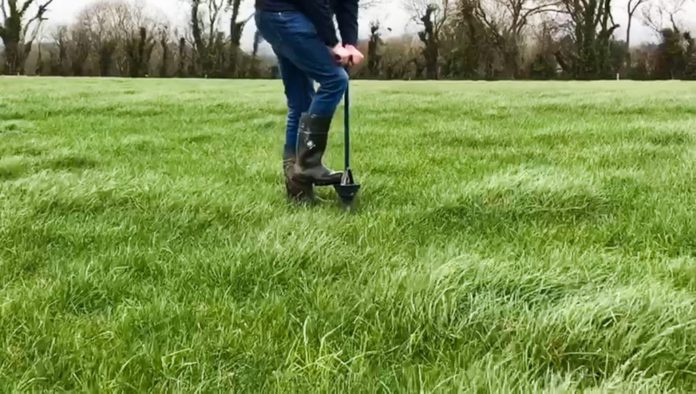The Fertiliser Association of Ireland is producing a short video series on the efficient use of fertilisers.
The first two videos in the series will focus on:
- The importance of taking good soils sample;
- The first steps in starting the fertiliser planning process.
During the coming year, at key timings for major fertiliser decisions, further videos will be released to guide farmers /advisors.
These videos will cover choosing the right fertiliser product and applying it at the right rate, at the right time, and in the right place on the farm.
Mark Plunkett, president of the Fertiliser Association of Ireland, welcomes this initiative and sees it as a “key tool to help both farmers and advisors at key times of the year to use all applied nutrients (chemical & organic fertilisers) as efficiently as possible”.
“Utilising both soil test results and preparing a farm fertiliser plan are the first steps to making every applied unit of N, P & K count during the growing season, while protecting both air and water quality”.
Take fresh soil samples
The coming weeks and months is an ideal time to take fresh soil samples as a basis for planning lime and major nutrient applications in 2021. Soil sampling is the first step to establishing soil fertility levels on a field-by-field basis.
Tim Sheil of the Fertiliser Association of Ireland said:
“Using the correct procedure for taking soil samples will ensure that the results will be accurate and representative and provide a solid foundation to build both lime and fertiliser plans for the soils on your farm.”
Tim outlines the key steps to taking good soil samples in this short video.
Taking soil samples:
- Have a farm map with each field clearly numbered
- Avoid sampling fields that received P or K in the last 3 months or lime in the last 2 years
- Classify soils as either mineral or peat soils
- Avoid unusual areas (gate ways/dung paths tec..) & sample to 10cm every time
- Soil sample labels should correspond to fields numbers on the map
Soil fertility status
Dr. David Wall, Fertiliser Association of Ireland said:
“Good soil test results will provide up-to-date information on the soil fertility status in each field and will show how soil fertility has changed over the last 3 to 4 years.”
“As farmers begin to plan for the 2021 growing season, soil test results will indicate where lime applications are needed and how much lime should be applied to correct soil pH.”
“In addition, soil test results will identify suitable fields on the farm where the targeted applications of nutrients in cattle slurry or FYM can be maximised, such as building soil P and K levels or replenishing nutrients where silage or other crops have been harvested.”
“When these soil test results are developed into a farm fertiliser plan the recommended rates and timings of N, P K & S will be specified for each field and crop and a fertiliser shopping list and tonnage required can be developed. This will help farmers maximise the investment in fertiliser on their farms while protecting the environment around them”
Dr. David Wall discusses the keys steps when taking soil samples with dairy, beef & tillage farmer, Michael Doran, Wexford.





